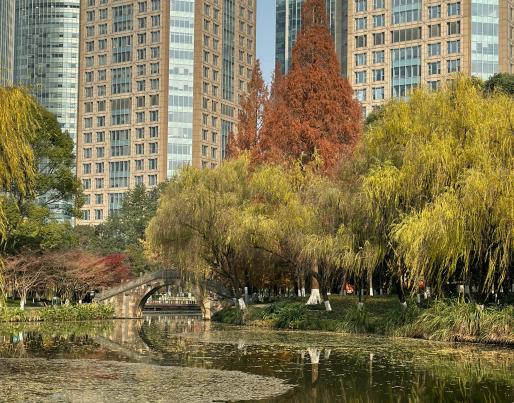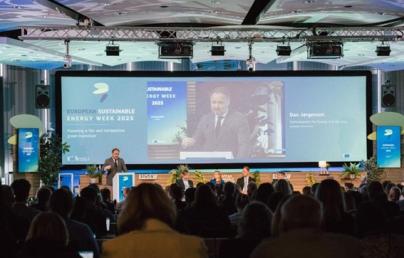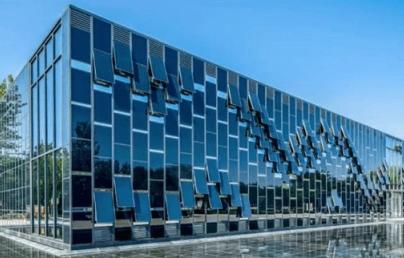
Regenerative built environment: designing resilient, sustainable cities

Regenerative built environment: designing resilient, sustainable cities
The world’s urbanisation calls for regenerative design in buildings and infrastructure, focusing on sustainability, resilience, and social value, exemplified by projects like New York’s Big U, which integrates nature-based solutions and community well-being.
The world’s rapid urbanisation, with 70% of people expected to live in cities by 2050, demands a shift toward regenerative urban design.
Holcim and Systemiq’s report highlights the need for buildings and infrastructure that are low-carbon, circular, and resilient, with a focus on reducing CO2 footprints and prioritising people, nature, and local culture.
Regenerative design involves creating spaces that evolve over time, integrate with nature, and improve social value. The Big U project in New York, a large-scale infrastructure initiative, exemplifies this approach by enhancing flood resilience and community well-being through nature-based solutions and people-centred planning.
Read more here

